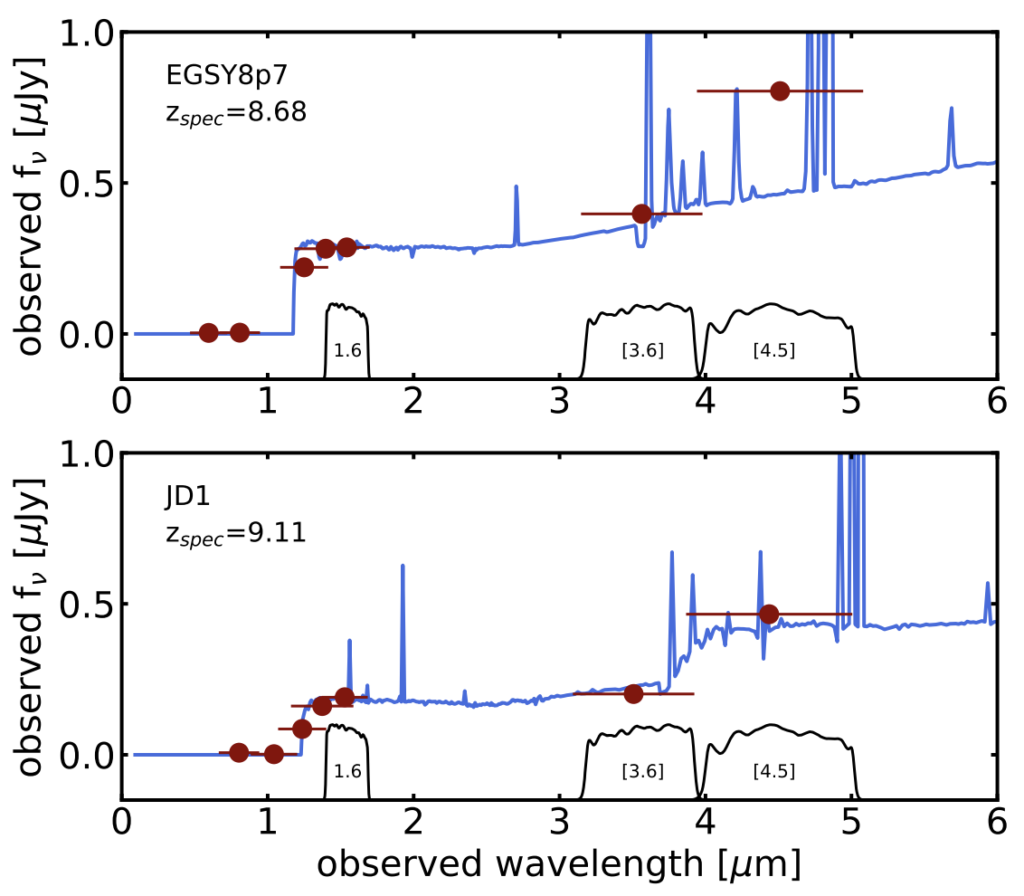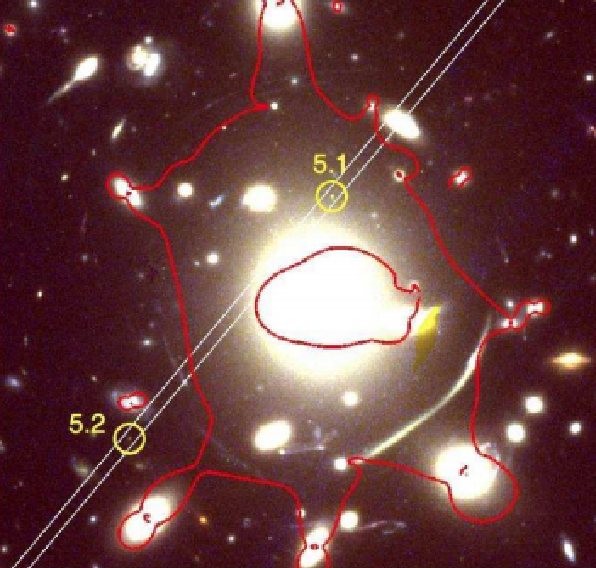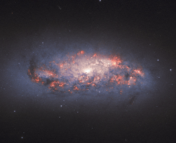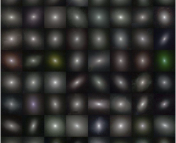Authors: Guido Roberts-Borsani, Richard S. Ellis, and Nicolas Laporte
First Author’s Institution: University of California, Los Angeles
Status: Submitted to MNRAS, open access on ArXiv
Farewell, Spitzer…
After a prodigious career, the Spitzer Space Telescope was shut off on 30th January 2020.
Originally named the Space Infrared Facility when it was launched in 2003, Spitzer peered out into the dark universe of dust and gas to reveal entirely new phenomena that are inaccessible from under the Earth’s infrared-absorbing atmosphere. Equipped with three science instruments, the Infrared Camera (IRAC), Infrared Spectrograph (IRS), and Multiband Imager (MIPS), Spitzer provided key clues to the nature of star-formation, the formation of exoplanets, and the dusty structures within the galaxies, among others.
Following the loss of its remaining liquid helium coolant in 2009, Spitzer transitioned into its post-cryogenic mission. Despite operating with only two channels (i.e. bandpasses) of its IRAC infrared camera, Spitzer continued to live up to its reputation by discovering a planet 13,000 light-years away as well as the most distant galaxy to date, seen as it was 13.4 billion years ago.
The IRAC excess
Today’s astrobite focuses on a lasting mystery precipitated by a series of observations made possible by Spitzer’s unique capabilities.
Access to the distant universe is made difficult due not only to the dimming of light with distance, but also cosmological redshift. With ever-greater distance, the light from galaxies appears to shift redward as a consequence of the universe expanding along the line of sight.
Not only are distant galaxies faint, but the ratio of galaxies observed with spectroscopy to those with imaging is on the order of 1% and will continue to decrease as wide-field facilities such as Euclid, LSST and others see first light in this decade. The reason is simple: relative to imaging, spectroscopy is extremely time-consuming. Hence, most galaxy surveys tend to infer the properties of a galaxy through modeling its light measured by imaging across many different wavelengths with theoretical templates of a galaxy spectrum.
With this in mind, Spitzer has been critical to understanding the light of extremely distant galaxies seen at z>5, or equivalently within one billion years of the Big Bang, because the optical light containing information about the stellar populations of a galaxy has been cosmologically redshifted into the 3.6 and 4.5 um channels of IRAC. Observations of extremely high-redshift galaxies at z>7 have demonstrated a remarkable, nearly ubiquitous, “IRAC-excess” in the 4.5um channel. In some cases, the brightness in the 4.5um channel is almost a magnitude greater than in the 3.6um band, hence the “excess”.
Decades of observation of nearby galaxies easily observed with optical light have shown a strong connection between that emission lines from ionized gas and intense star-formation.
Four of these IRAC-excess galaxies have been spectroscopically observed in the optical (such that we capture the redshifted UV light) and appear to have strong Lyman-alpha emission which not only implies strong star-formation but also at 7<z<9 whereby the [OIII] and Hβ emission lines fall into the 4.5um channel, as shown in Figure 1.
Mystery solved, right?

Investigating the interloper hypothesis
New evidence has emerged following the spectroscopy of a particular IRAC-excess galaxy whose redshift has been confirmed at z=9.11. But at such extreme redshifts, O[III] and Hβ lines are both red-shifted beyond the 4.5um channel. And yet, it still features an IRAC-excess in 4.5um.
The authors propose that this mystery can be answered in part by fitting a template to the photometrically measured fluxes for this galaxy, which reveals that another prominent spectroscopic feature — the 4000Å break — should sit between the 3.6 and 4.5um channels, as shown in Figure 1.
This is important because the 4000Å break feature is only possible by a lack of young O and B stars, implying a dearth of star-formation. This galaxy, suspected to have a mature stellar population of 200-300 Myr, should have formed within the first 300 million years after the Big Bang!
This tantalizing evidence suggests not only that this galaxy was one of the first to form in our universe, but that it has also lived and died on an unbelievably short timescale. The existence of these impossibly early dead galaxies struggles to be explained by theory.

If their interpretation is correct, then the first dead galaxies featuring a 4000Å break may be a significant interloper population within a growing sample of z>7.5 galaxies with IRAC-excess. Yet, as shown in Figure 2, the IRAC-excess predicted for the star-forming galaxy (red) and dead galaxy (orange) are almost indistinguishable throughout 7<z<9.
Presently, assistance in untangling this confusion may come from ALMA. Probing from the sub-millimeter, ALMA can constrain both the star-formation activity through independent measurements of [OIII] seen at 88um. But in the near future, JWST will be able to observe these galaxies from the infrared, and directly probe the 4.5um spectrum.
Only recently have we been able to successfully identify any of these most distant galaxies. Subsequently, these infant discoveries have given rise to a new aspect of Spitzer’s enduring legacy: the first hunter of Cosmic Dawn.




